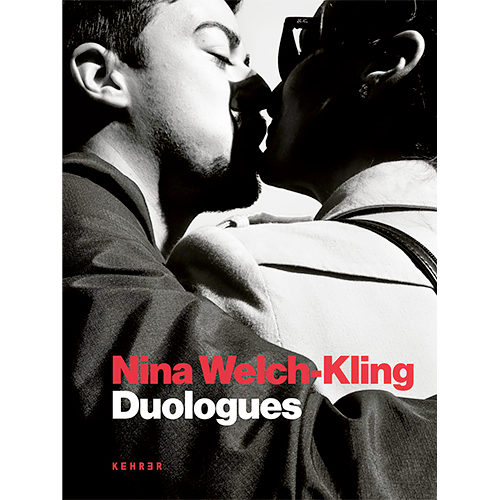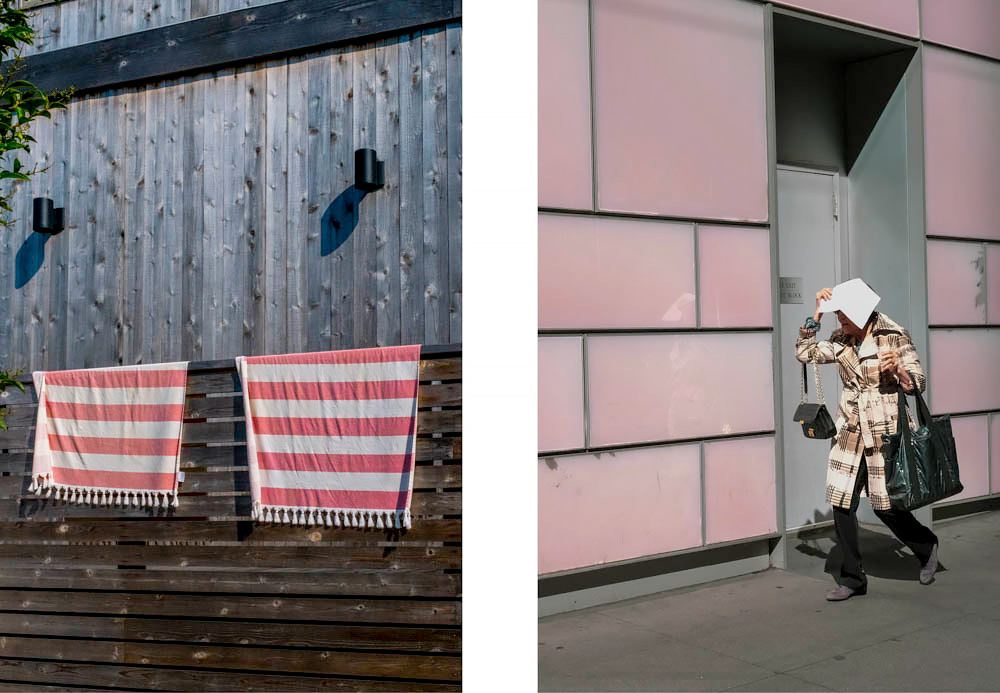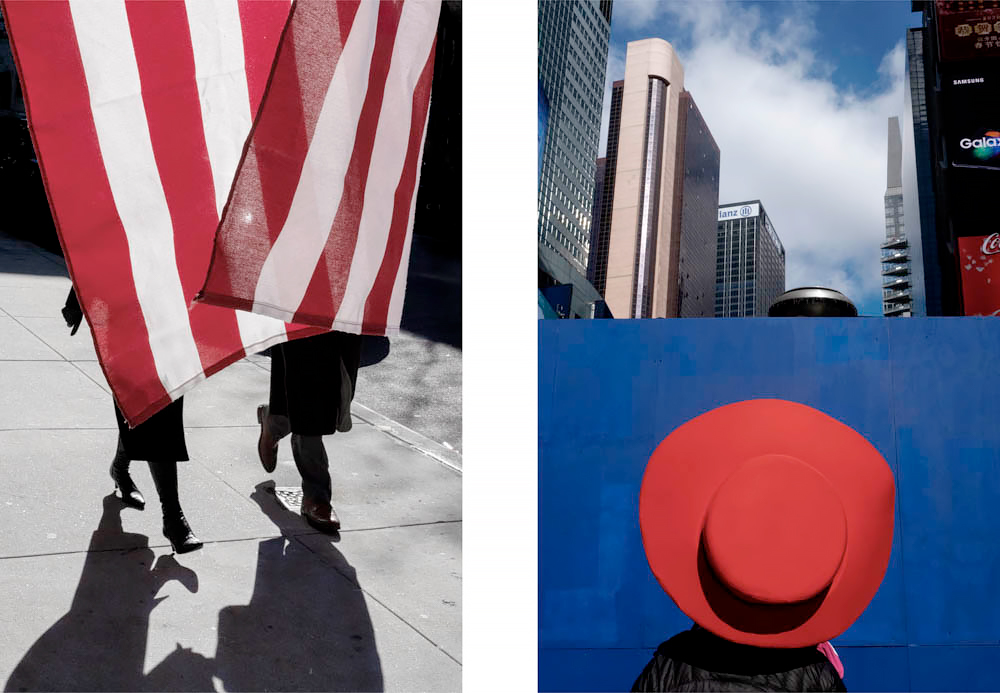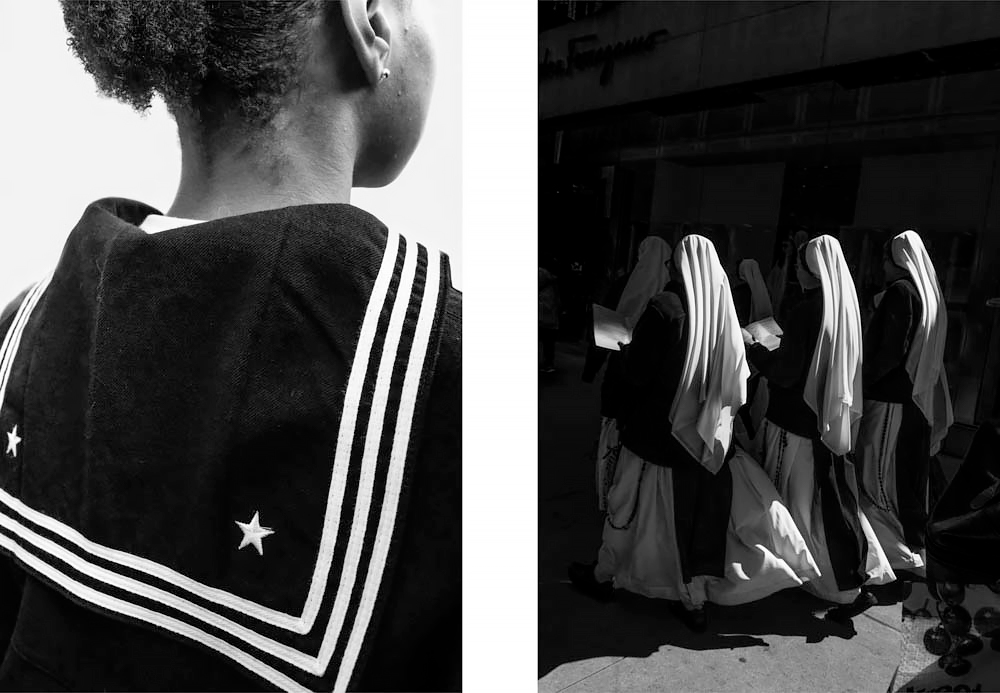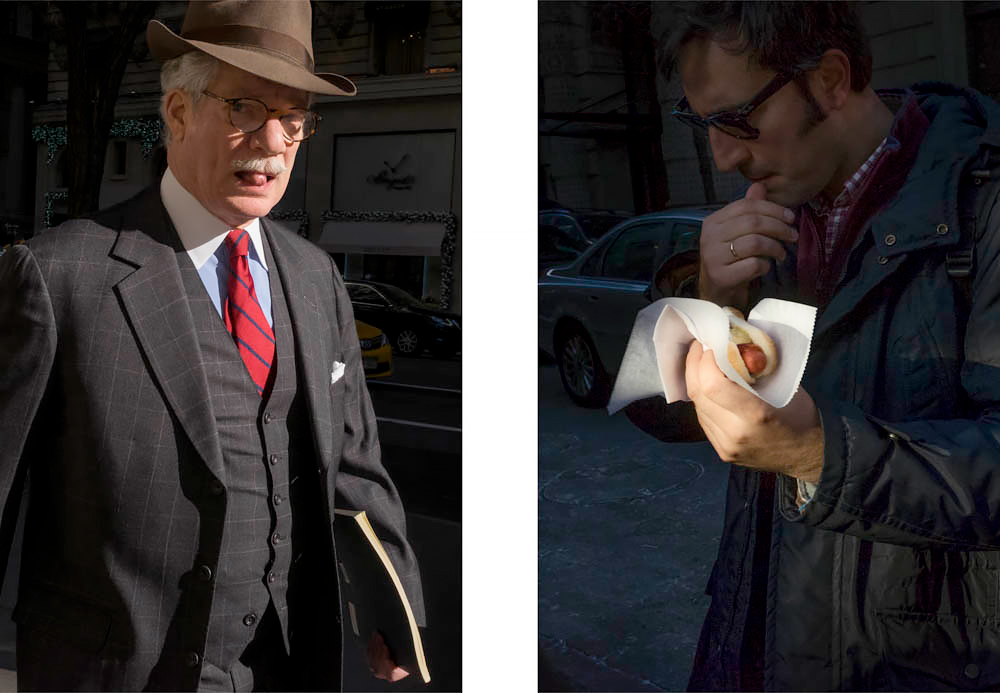''I've always felt that music and photographs are related, and this body of work illustrates that idea; a certain frequency and pitch, an arrangement of pictures that lures us in, like visual sound that slowly but surely leaves a residue that has poetic staying power and a ringing in the mind's eye.'' -Jeff Mermelstein
At its best, a photograph made in the street photography genre holds the energy of spontaneous caught moments of humanity and the world intersecting. Nuances of expressions and gestures contribute to an authenticity in the imagery, and seemingly random moments within the picture carry meaning by their juxtapositions of people and place.
Duologues is a rich collection of photographs made in this tradition by New York City-based photographer Nina Welch-Kling. For this project, she paired two photographs to create diptychs, evoking a dialogue between them. This format allows for the display of her particular talent for noticing aligned colors, patterns, or narrative elements between images and pairing them to create yet another layer of contextual definition in the conversation between the two images.
Her curated diptychs are rich in visual parallels and Welch-King writes about the discovery process for viewers in interpreting the meanings. Reminiscent of the idea of synchronicity, an idea that describes meaningful coincidences, my pairings intentionally produce uncanny relationships.
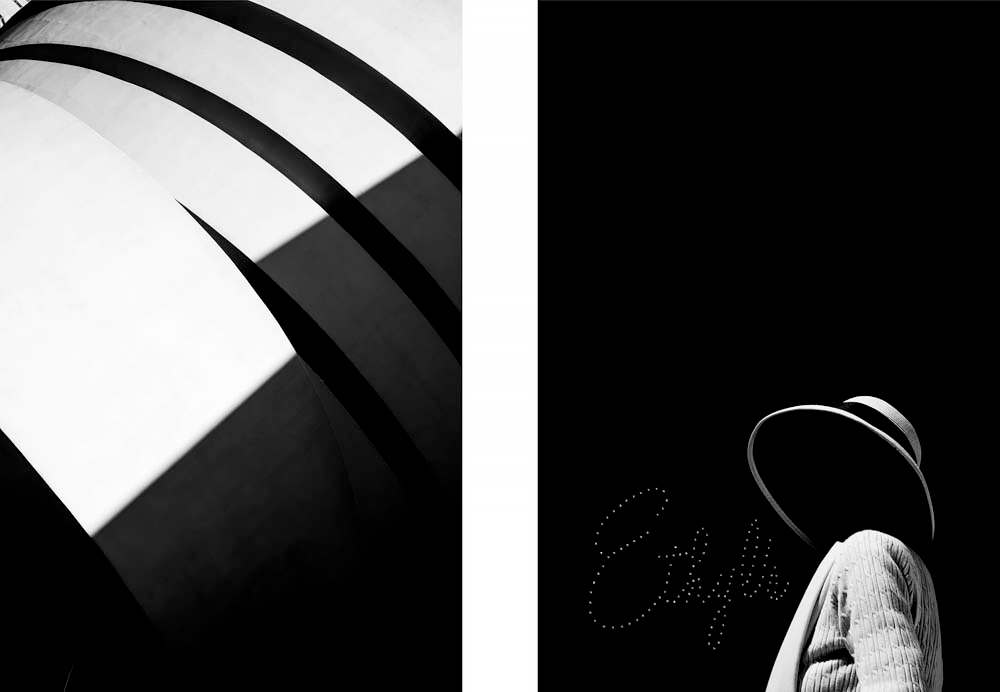
She speaks of shooting intuitively, noticing distinguishing features in shapes, light, people, or the surrounding environment. In describing her process for pairing her images, she referenced the game Memory, noting, I match the images by playing a game of Memory: finding in each image shapes, gestures, and symbols that rhyme. The rhyming may occur within the major elements in the image, such as the subject, or in minute details that otherwise might go unnoticed. By pairing two photos that occurred at different moments in time, the story that emerges can bring them together. The final sequence feels deeply connected, even though the encounters on the street were random.
In his essay for the book, celebrated street photographer Jeff Mermelstein reflected on Welch-Kling's use of the diptych format to further expand the context and narratives within the individual images. He notes, Picture magnetism pulls and holds particular images together; they lock together, like the word pieces of poems, on the surface, below the surface, and deep inside in that somewhere that is uniquely photographic. At times there is a kind of magnetic tug of war, for example with the photograph of the curved architectural wall paired with the picture of the back of a man. It is as if he is fighting the powerful pull of the wall with all the strength of Atlas.
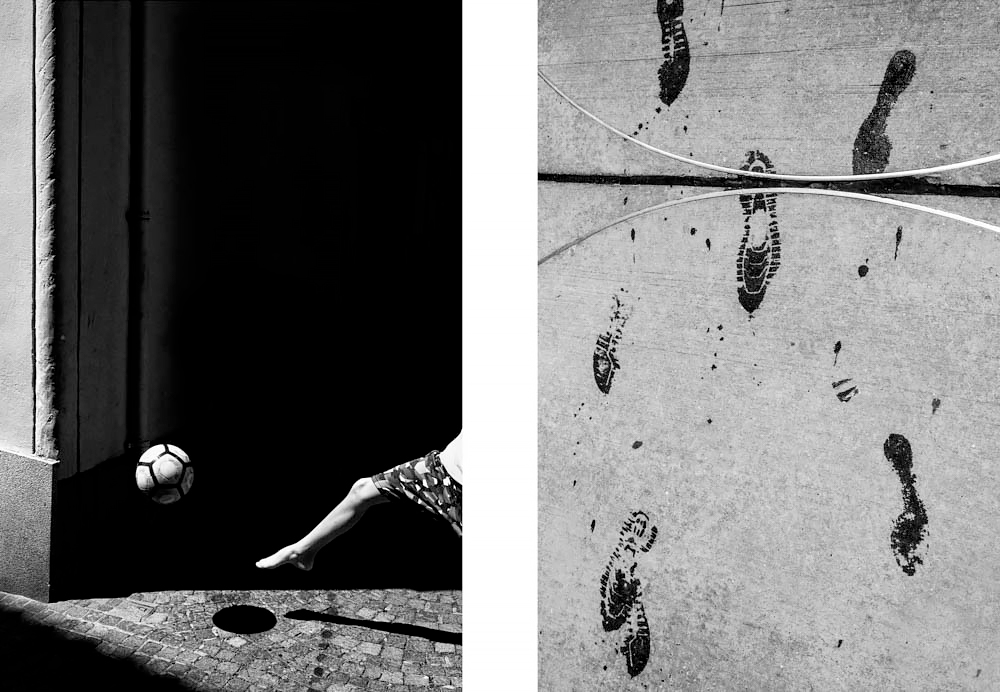
The book includes writing by fellow New York City photographer Gulnara Samoilova who focuses much of her own work on street photography and on elevating the visual voices of women street photographers. She reflects that, The street, perhaps the most pedestrian, democratic, and accessible place on earth, is a marvelous mix of the mystical and the mundane, swirling in our midst while hiding in plain sight. Heeding its siren call, photographers flock to the street for the chance to transform the prosaic into poetry. Like all great modernists, Nina sees life as a configuration of light, color, composition, and form; it is in their infinite interplay that we craft stories about how we live and who we are.
Photographer, painter and sculptor, Christopher Giglio, also contributes an essay in which he writes about the paradoxical nature of photography.
''As a medium, photography's original contradiction is that it can be simultaneously literal and ambiguous. In practice, the photographer's core problem when taking pictures is dealing with the random. The delight and life of a photograph, then, comes from the acceptance of and successful commingling of these three elements: the literal, the random, and the ambiguous. In this way, a photograph is more like poetry than prose, and viewers of photographs have an essential and demanding role to play in creating meaning.''
The layout of Duologues includes both color and black and white imagery. Thoughtful sequencing and substantive written contributions all combine to result in a richly complex, and hopeful, collection that invites the viewer to linger, consider, discover.
About the Artist:
Nina Welch-Kling is a New York City-based photographer originally from a small town in southern Germany. Her background in fine art and architecture combined with a love for roaming the city streets inform her photographic depictions of everyday life. She holds a Bachelor of Fine Arts from the School of the Art Institute of Chicago (1990) and a Master of Architecture from The University of California, Los Angeles (1993). Since 1995 she has lived in New York City raising her two, now college-aged daughters, while continuing to explore creative outlets defined by her passion for photography.
About the Contributors:
Christopher Giglio is a photographer, painter, sculptor, and educator. He conceived and developed The Grammar of Photography, an innovative series of classes in creativity, visual literacy and portfolio building. Christopher Giglio’s work is represented in the permanent collections of the Museum of Modern Art, NY, Princeton University Art Museum, Princeton, NJ, AT&T Technology Center, Washington, D.C., and Centro Cultural /Arte Contemporaneo, Mexico City. He has exhibited widely and is the recipient of grants from Art Matters and the Aaron Siskind Foundation. He has been published in Blind Spot, Visionaire, and Exit magazine, among other publications.
Jeff Mermelstein's photography career combines personal photographs with assignments for publications such as LIFE, The New Yorker, and The New York Times Magazine. In the tradition of photographers such as Helen Levitt, he has photographed street life in New York City as well as September 11th and its aftermath. His works are held by institutions including in the collections of the Museum of Modern Art, the Whitney Museum of American Art, the Art Institute of Chicago, the International Museum of Photography at George Eastman House, and the New York Public Library. He has received the Aaron Siskind Foundation Individual Photographer's Fellowship and the European Publishers Award for Photography. Mermelstein has taught at the International Center of Photography since 1988.
Gulnara Samoilova is a photographer, author, and the founder of Women Street Photographers. With over 40 years combined experience as a documentary and street photographer, artist, darkroom printer, photojournalist, and photo editor, Samoilova transformed the successful Instagram feed,
@WomenStreetPhotographers, into a platform for women photographers from around the globe, launching a
website, traveling exhibitions, artist residency, and photography book,
Women Street Photographers. A former Associated Press photojournalist, Samoilova received national and international awards for her iconic photographs of September 11, including first prize in the World Press Photo competition. Samoilova’s work is a part of major collections such as the Museum of the City of New York, The New York Public Library, New York Historical Society, and Houston Museum of Fine Arts.
